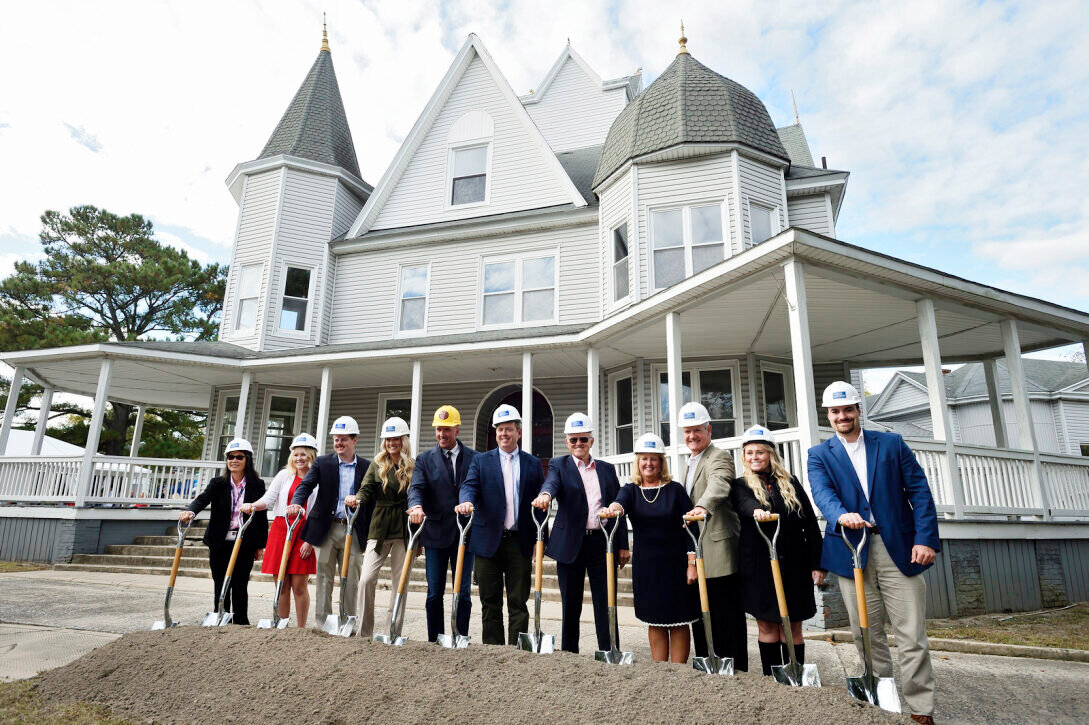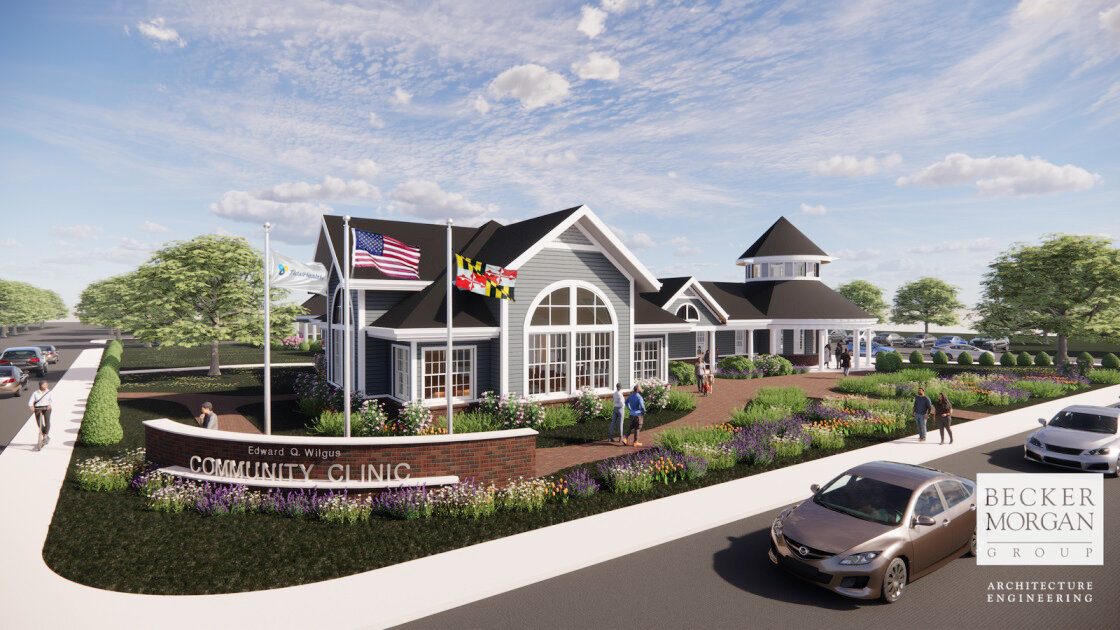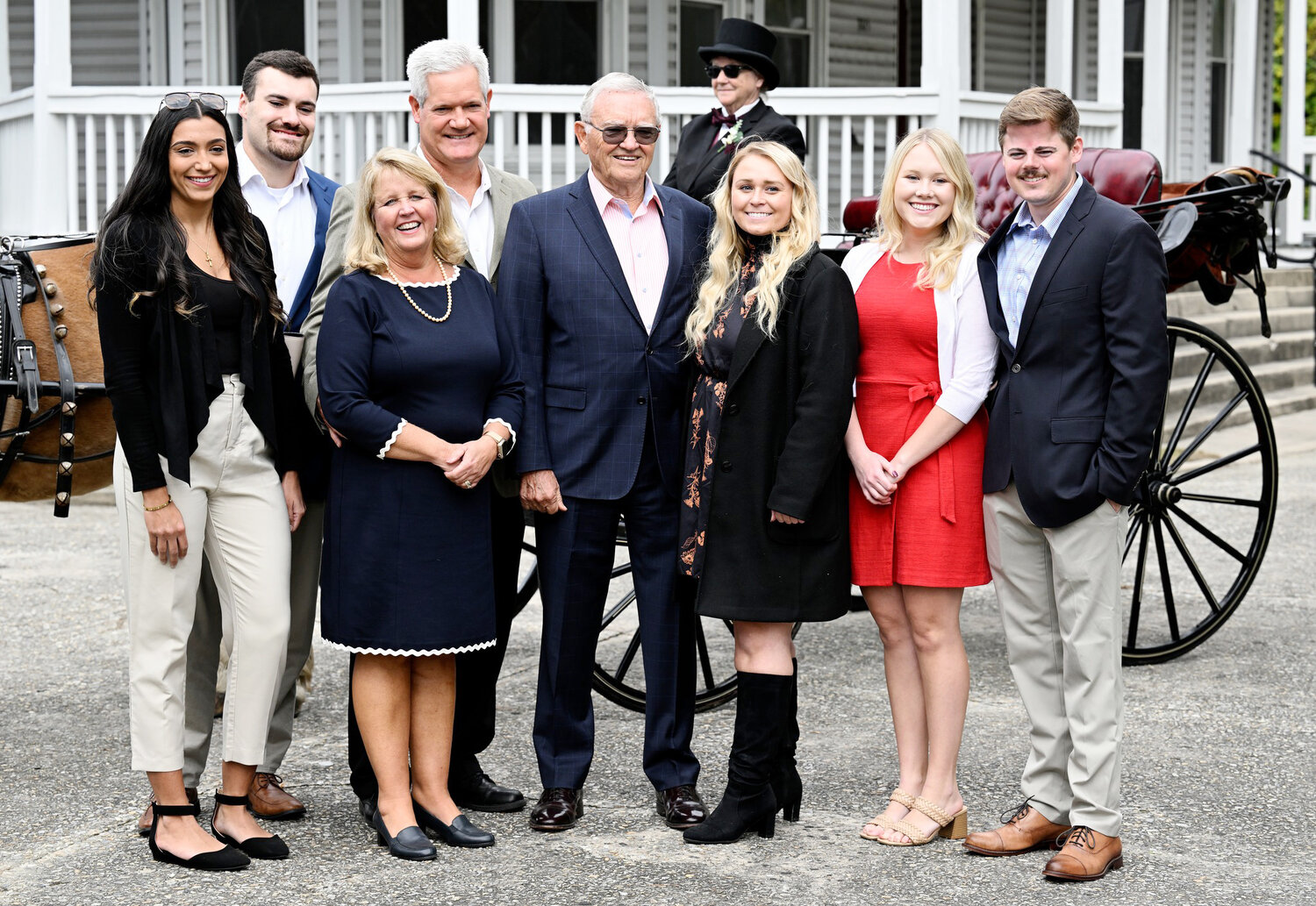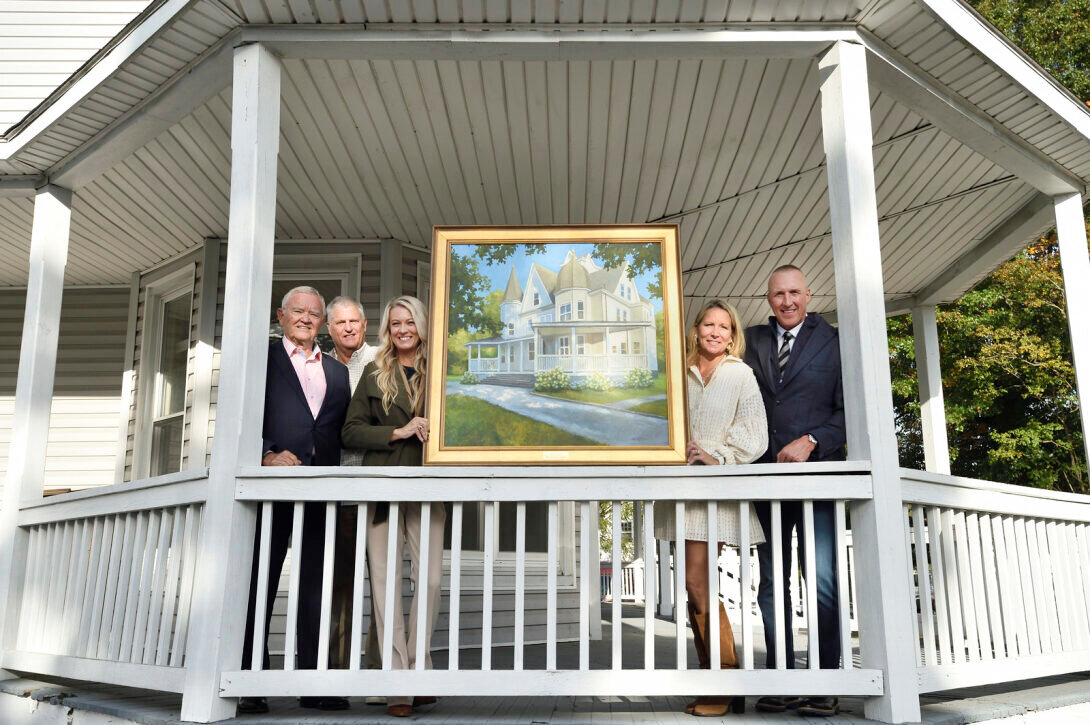Salisbury's Hotel Esther to make way for Edward Q. Wilgus Community Clinic
A grand Victorian house built in 1893 by a prominent doctor that later became the Hotel Esther during World War II and then a rundown apartment building in more recent years, will soon make way for …

You must be a member to read this story.
Join our family of readers for as little as $5 per month and support local, unbiased journalism.
Already a member? Log in to continue. Otherwise, follow the link below to join.
Please log in to continueNeed an account?
|
Salisbury's Hotel Esther to make way for Edward Q. Wilgus Community Clinic
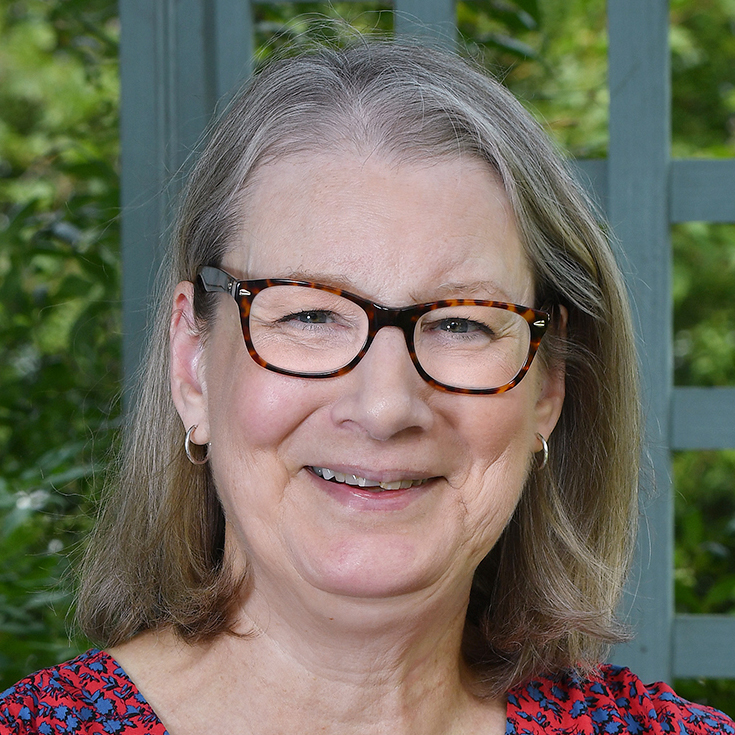 By Liz Holland
By Liz HollandA grand Victorian house built in 1893 by a prominent doctor that later became the Hotel Esther during World War II and then a rundown apartment building in more recent years, will soon make way for TidalHealth’s new community clinic focusing on primary and specialty care in Salisbury’s Church Street neighborhood.
“Access to the community is so important from a health care perspective,” said Steve Leonard, TidalHealth’s President and CEO. “Without access, people don’t live their fullest lives, health is compromised and ultimately they find themselves in the emergency department with care that could have been prevented.”
The Hotel Esther will soon be razed and replaced by the new Edward Q. Wilgus Community Clinic that will be staffed by TidalHealth primary and specialty care providers. It also will serve as home base for TidalHealth’s resident physicians who are specializing in internal medicine. It is expected to accommodate between 12,000 and 15,000 visits per year.
Leonard said the new building should be ready to open to 16 to 18 months. Designed by Becker Morgan, the 16,500-square-foot clinic will be built by Gillis Gilkerson incorporating some salvaged items from the Hotel Esther including finials, bricks and the front door.
TidalHealth Foundation officials announced during an Oct. 17 groundbreaking event that they have launched a $5 million capital campaign, with $2.8 million raised so far, including a $1 million donation from the Wilgus family.
Last week’s groundbreaking was a “reason to rush back” to Salisbury during daylight hours by Jake Day, the city’s former mayor who now commutes daily to Annapolis and other parts of the state as Maryland’s Secretary of Housing and Community Development.
In recent years, Salisbury has committed both state and local funds to renovating the old Union Station, demolishing an adult bookstore on the corner of Church Street and Route 13 and replacing it with a mural and a landscaped lot, but the new clinic will be an important asset to the neighborhood, he said.
“This is the transformative project that deserves all of our attention,” Day said.
TidalHealth purchased the property last year for $450,000 from Bryan LeCompte, a local entrepreneur and TidalHealth Foundation board member, according to online state property records. During the groundbreaking event, LeCompte said he bought the Hotel Esther in 2021 with plans to renovate it, but a year later Leonard approached him about purchasing the site.
“I decided to sell for the greater cause,” he said.
LeCompte said he learned a lot about the property during his ownership, including the fact that a hospital was originally planned there by Dr. Robert Naylor, an English physician, who first saw the property advertised in a Philadelphia newspaper while in the United States on business. His plan was to build a retirement home there for his wife Maria and their family. He bought it in 1893.
Naylor – for whom Naylor Street was later named -- started with a small clinic in the building and was seeing patients while also planning to open his own hospital. However, he died in 1899, at the age of 69.
The property stayed in the family until 1908. It was sold a number of times, even serving as the first location of the John B. Parsons Home for the Aged. During World War II, it was purchased by a local investor, whose wife happened to be named Esther, who turned the structure into a hotel with additional boarding rooms and a ballroom. By 2021, the Hotel Esther had been carved up into 14 apartments and was a shell of what it once was.
The clinic that will replace it keeps Naylor’s dream alive by providing health care in the immediate community. It is unlike other TidalHealth projects, both large and small, that have been built in the region, Leonard said.
“This project … has an incredible ability to help the community in many ways that just isn’t like what we’ve done before, and it really does make it special,” he said.
Readers and donors make this story possible.
You can help support non-partisan, community journalism.
Other items that may interest you

